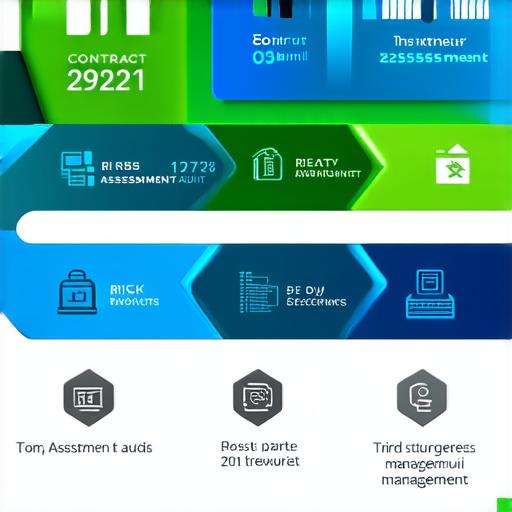
1. Conduct thorough due diligence
Before selecting an outsourcing partner, it is important to conduct thorough due diligence to assess their capabilities and identify any potential risks. This can include reviewing their financial statements, conducting reference checks with previous clients, and evaluating their processes and procedures for quality assurance and risk management. By taking the time to do this upfront, businesses can ensure they are working with a reputable and reliable partner that has the necessary expertise and experience to meet their needs.
1. Establish clear communication channels
Effective communication is essential for any successful outsourcing relationship. It is important to establish clear communication channels from the outset of the project, including regular meetings, status updates, and open lines of communication for addressing any issues or concerns that may arise. By doing so, businesses can ensure that they are able to quickly address any problems and avoid costly disruptions down the line.
1. Develop a risk management plan
A well-developed risk management plan is a critical component of any outsourcing project. This should include identifying potential risks, assessing their likelihood and impact, and developing strategies to mitigate them. This may involve implementing measures such as data backups, contingency plans, and disaster recovery procedures. By taking proactive steps to address these risks upfront, businesses can help ensure the success of their outsourcing project.
1. Monitor performance regularly
Regular monitoring of performance is essential for ensuring that an outsourcing partner is meeting the agreed-upon expectations and delivering value to the business. This may involve conducting periodic reviews of work quality, tracking progress against milestones, and evaluating overall project performance. By doing so, businesses can identify any issues or areas for improvement early on and take corrective action if necessary.
1. Build in a buffer for unexpected events
Even with the best risk management strategies in place, unexpected events can still occur when outsourcing services. To help mitigate these risks, it is important to build in a buffer for unforeseen events, such as delays or cost overruns. This may involve setting realistic timelines and budgets upfront, as well as establishing contingency plans for addressing any issues that may arise. By taking proactive steps to address potential risks, businesses can help ensure the success of their outsourcing project.
Conclusion
Outsourcing services can bring significant benefits to a business in terms of cost savings and increased efficiency. However, it is also important to recognize the risks and challenges that come with this approach. By implementing effective risk management strategies, such as conducting thorough due diligence, establishing clear communication channels, developing a risk management plan, monitoring performance regularly, and building in a buffer for unexpected events, businesses can help ensure the success of their outsourcing projects. With these strategies in place, businesses can take advantage of the benefits of outsourcing services while minimizing the risks and challenges that come with this approach.
